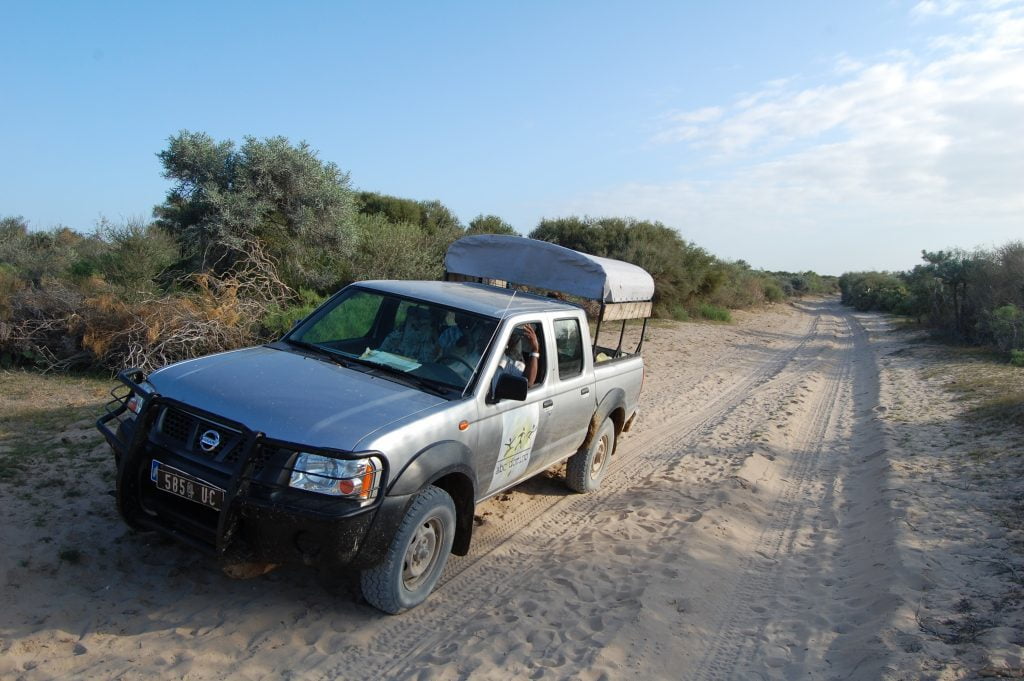Tsimanampetsotsa Nature Reserve is located in SW Madagascar and it is about a 2-3 hour drive by 4×4 from Anakao. The main features of the reserve include its namesake Tsimanampetsotsa Lake and also Mitoho Grotto. Tsimanampetsotsa Lake is world renown for flamingo observation, however I was visiting in the off season. Nonetheless, the ring tailed lemurs and alien forms of the local trees (banyan and baobab) more than made up for it.
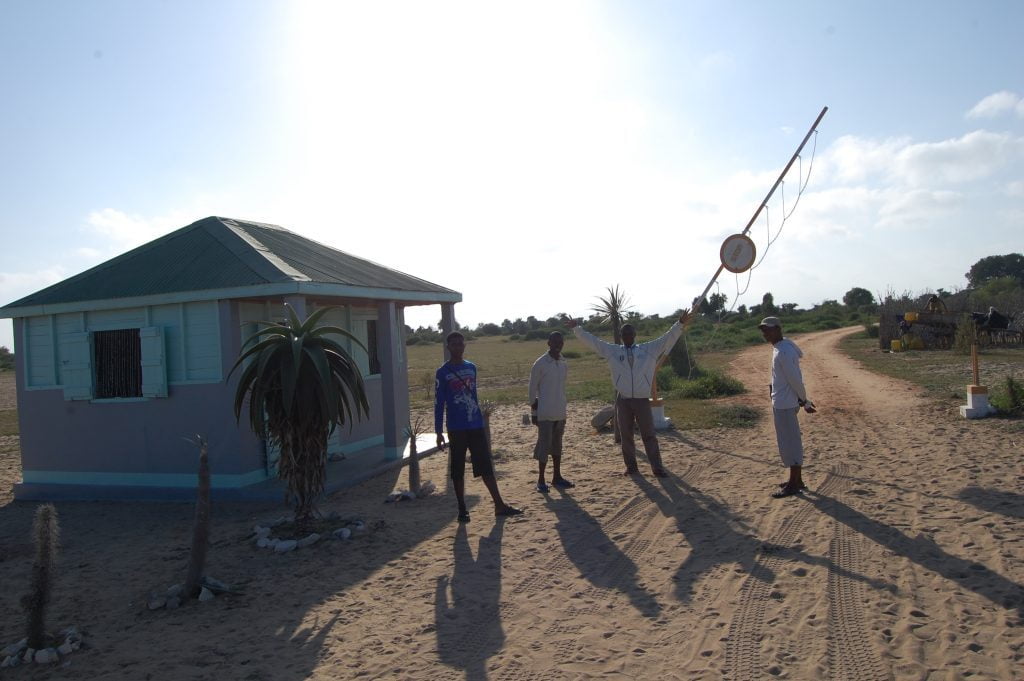
Ring Tailed Lemurs at Tsimanampetsotsa Nature Reserve
The ring tailed lemur is the most abundant variety of lemur in Madagascar and the local Malagasy refer to them as maky. The maky have conspicuous black and white stripes around their long tails which match their white face. Additional features include black rings around the eyes. However, despite having dark rings around their eyes, ring tailed lemurs are active predominantly during daylight hours.
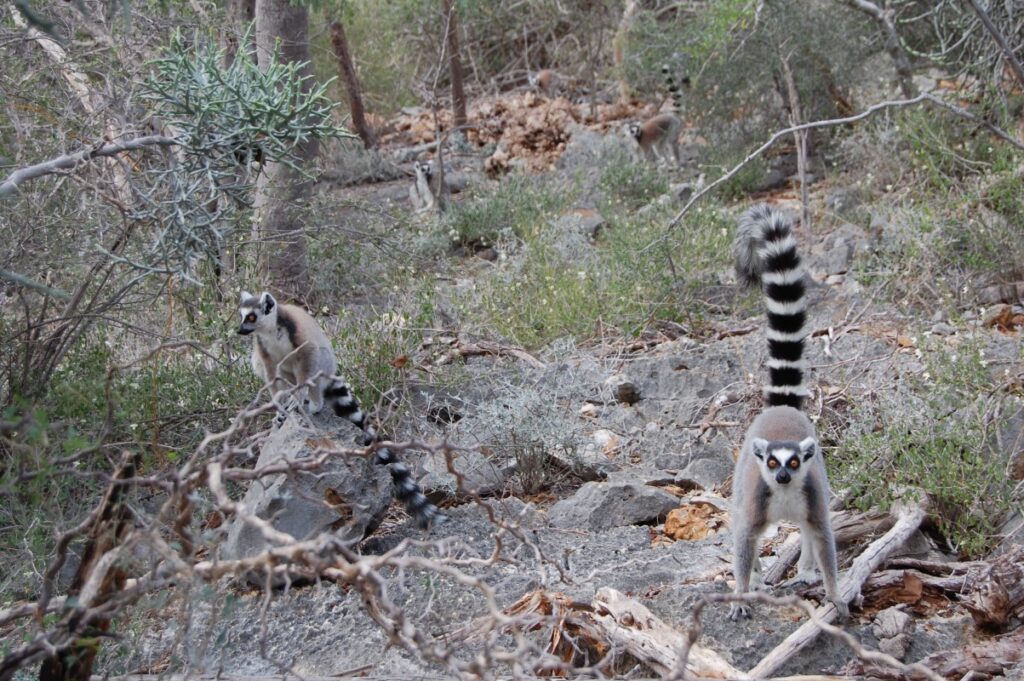
Due to the isolation of Madagascar the lemur species evolved independently from monkeys and they are unique creatures. There are approximately 100 species of lemur in Madagascar and they are endemic to the island. However, the different lemur subspecies do not intermingle with each other.
They usually live in groups of about 30 individuals of the same subspecies. Due to the frequent communications between group members their vocalizations are quite complex and range from purring to clicking.
When we were walking around the Tsimanampetsotsa Nature Reserve we encountered a slow moving group of ring tailed lemurs. I was able to intermingle with them for about 15 minutes as they passed through the area foraging. They seemed completely indifferent to the fact that there was a human among them.
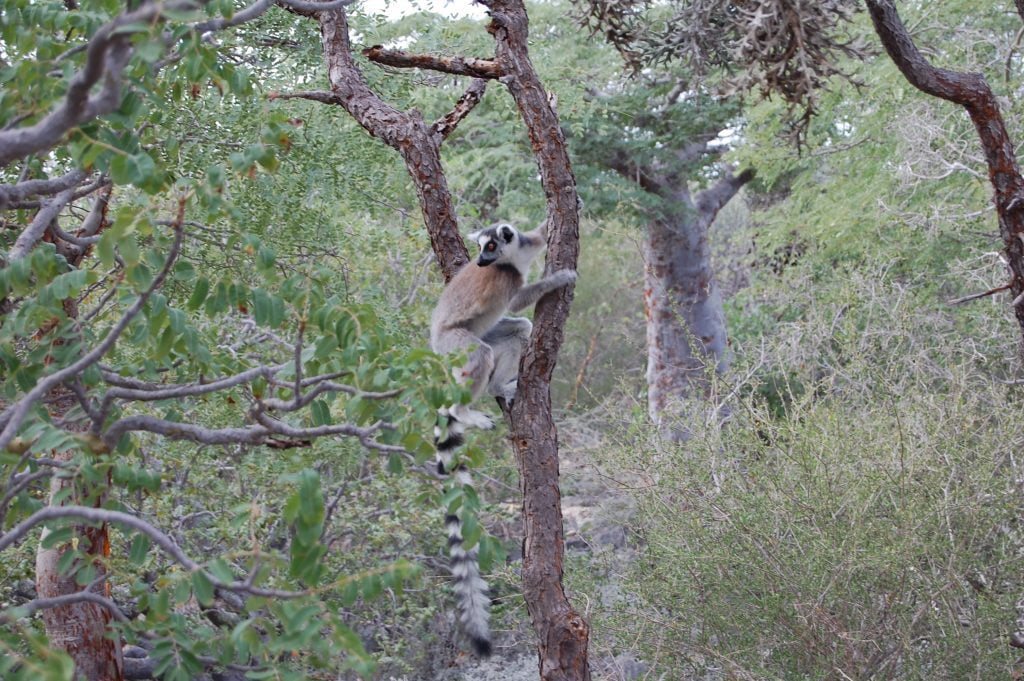

Baobab Trees at Tsimanampetsotsa Nature Reserve
Of the 9 baobab tree species found worldwide, 6 of them are found in Madagascar. Because the habitat of the baobab is in areas that are prone to long periods of drought the baobab can store enormous amounts of water in the trunk – up to 26,000 gallons. As a result, the most unique feature of the baobab is the that they have very FAT trunks to store all that water.
We encountered several different species of baobab at Tsimanampetsotsa Nature Reserve.
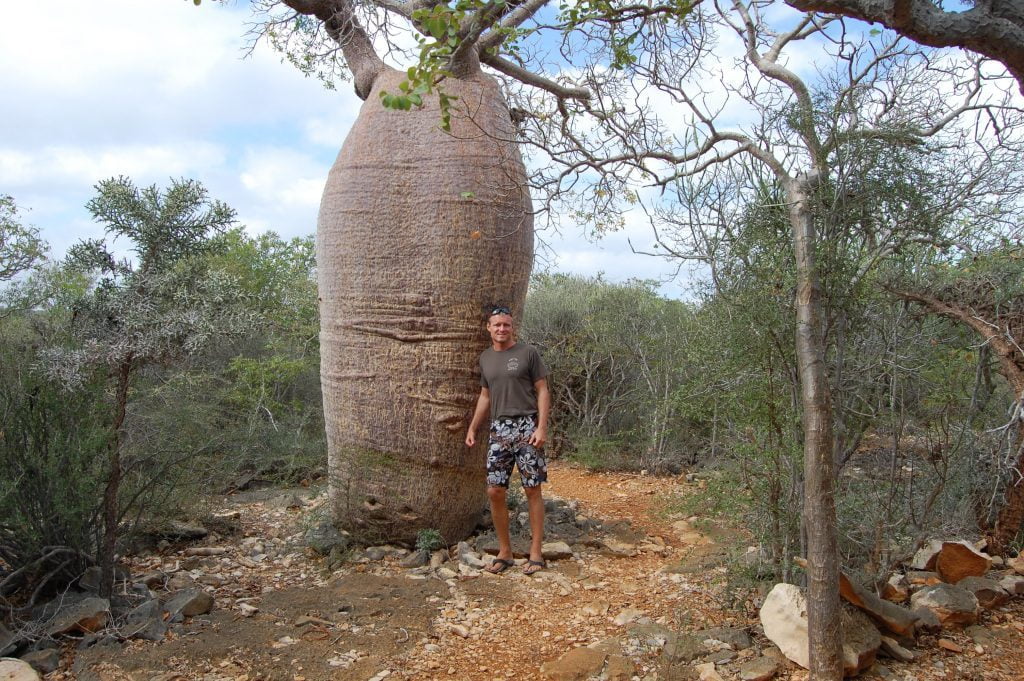


Mitoho Grotto
The Mitoho Grotto is a limestone cave system that lies within Tsimanampetsotsa Nature Reserve. Most noteworthy aspects of the Mitoho Grotto include invisible people, blind fish and swallows.
According to local myth, the Antambahoka are invisible people that live in Mitoho Grotto. The Antambahoka and also Mitoho grotto are considered sacred by the local Malagasy. As a result, superstitious locals will sacrifice goats and black cockerels to appease them.
Due to the invisible nature of the Antambahoka we were not able to see them and therefore there are no photographs! However, I was able to get some good photos of the blind fish and swallows that live in the cave system.

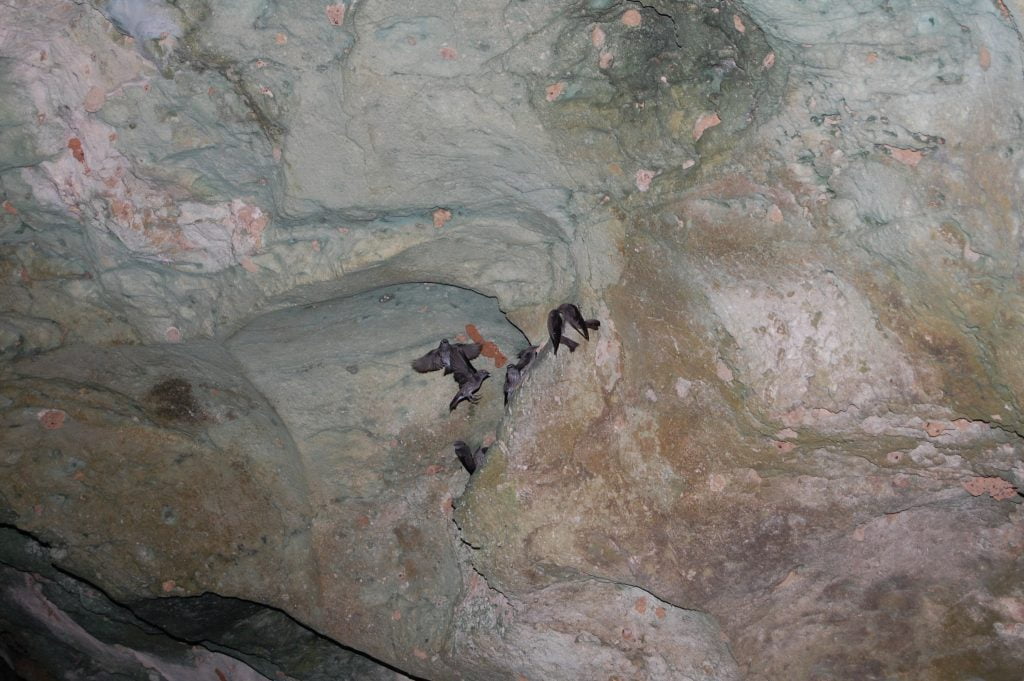
Flamingos at Tsimanampetsotsa Lake
Due to the presence of large amounts of salt in Tsimanampetsotsa Lake there are no fish. However, flamingos consider the habitat there to be very suitable. Unfortunately, there were not a lot of flamingos at the lake when I visited. However, I was able to get a couple decent photos with my telephoto lens.
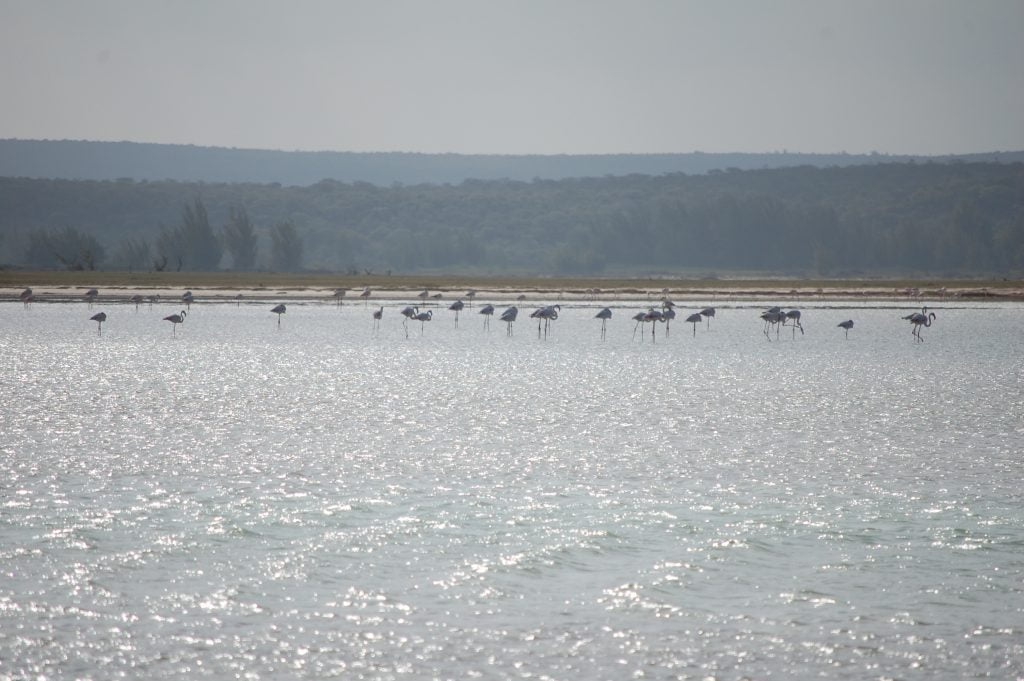
Subterranean Pond at Tsimanampetsotsa Nature Reserve
There is also a subterranean pond at the reserve. Fortunately, sections of the cave have collapsed and the pond is exposed from the surface. However, this does not stop the banyan trees from reaching the water below. The banyan is an extremely photogenic tree.
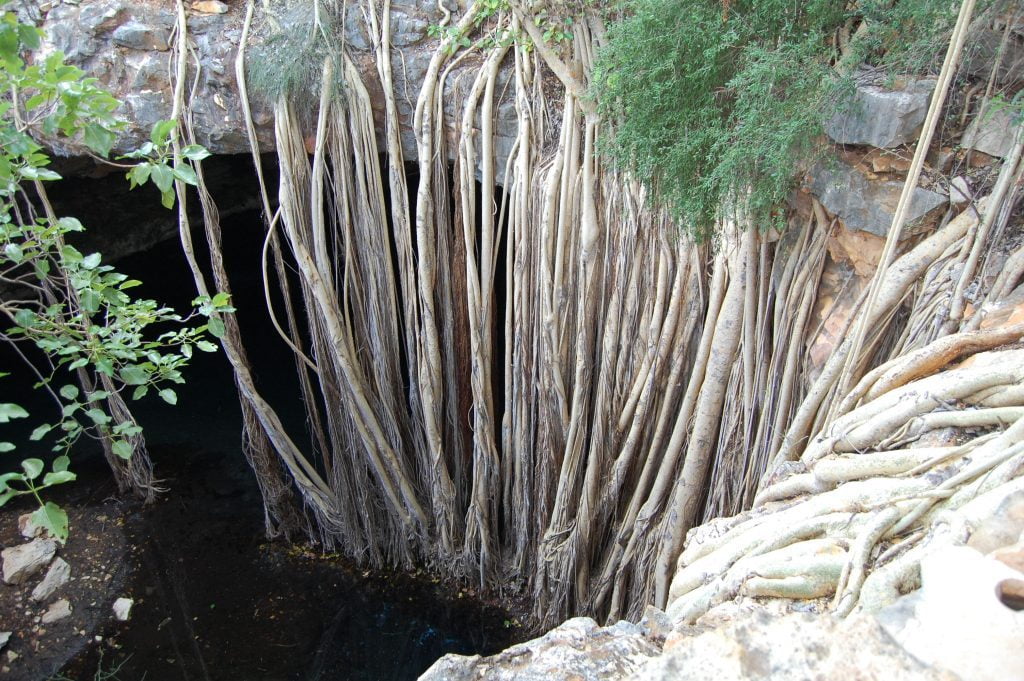

More About Banyan Trees…..
Also known as a “strangler fig” the Banyan tree has a tendency to eat other trees alive, literally. Initially, the banyan seed takes root in the crack of crevice of another tree. Over time, the banyan will engulf and strangle its host. Indeed, the banyan tree is cannibalistic by nature.
Furthermore, man made objects are not immune from the voracious nature of the banyan tree. After it takes hold in a crack or crevice, it can swallow buildings and bridges using the same methods. Perhaps the most famous location displaying this phenomenon is Ta Prohm at the ancient city of Angkor in Cambodia. In fact, the giant banyan tree can potentially spread its roots over several hectares.
Endangered Radiated Tortoise at Tsimanampetsotsa Nature Reserve
The radiated tortoise is another species that is endemic to Madagascar. Additionally, the critically endangered radiated tortoise has a life span of up to 188 years. The primary habitat of the tortoise is in southern Madagascar.
Factors that threaten the survival of the tortoise include deforestation and the pet trade. Additionally, the tortoise is used as a food source by local residents.
However, there is a serious conservation effort ongoing to preserve the species. Conservation is a source of employment in an area where jobs are very scarce.
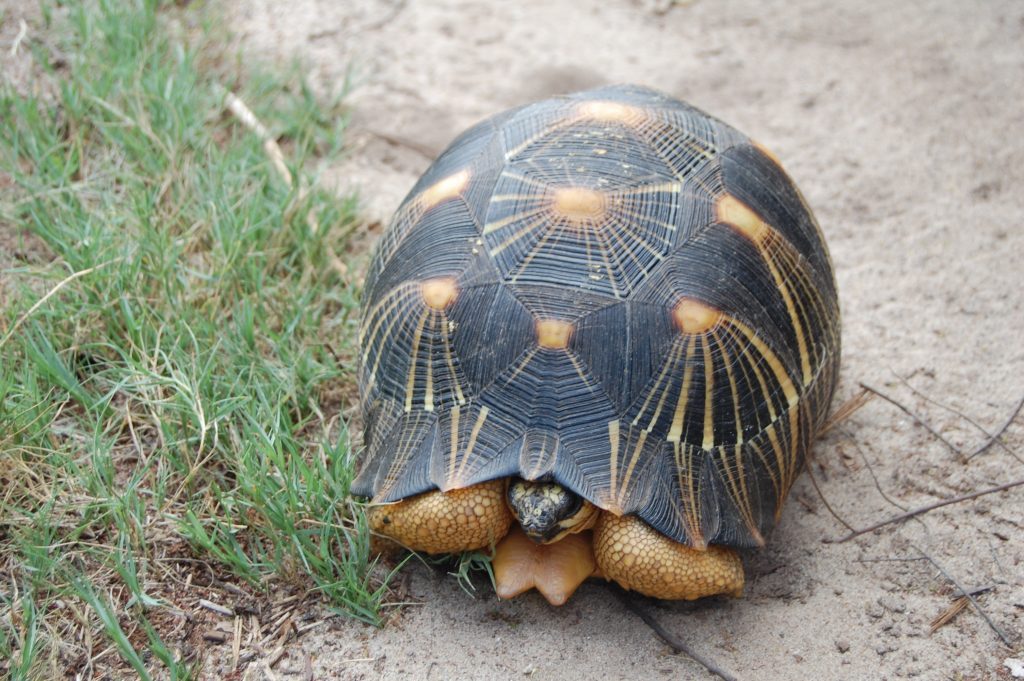
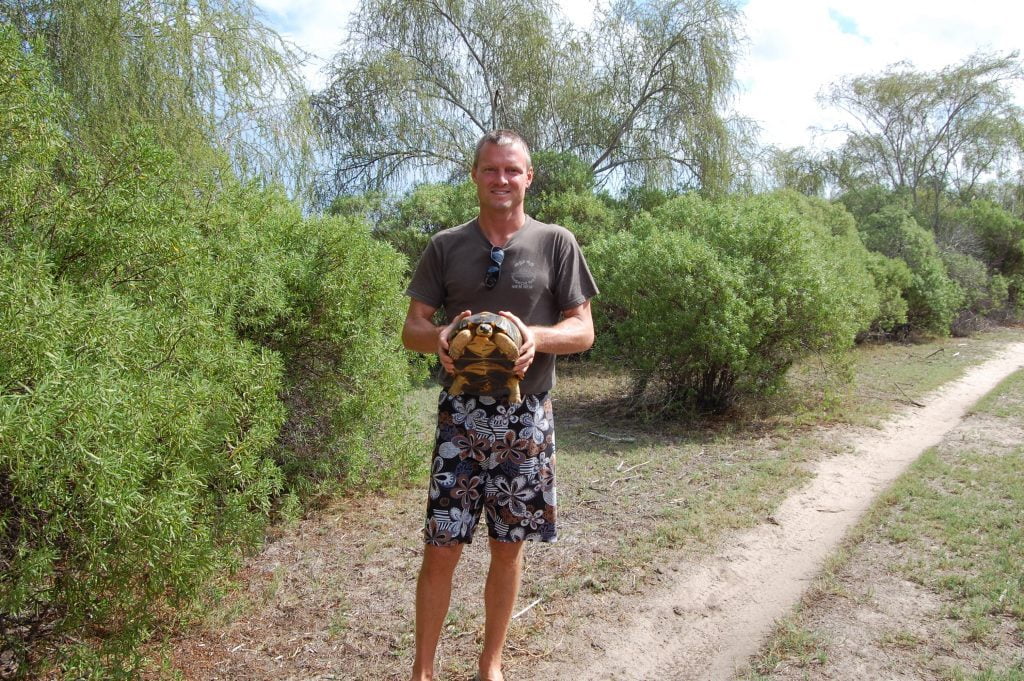
Enjoy Tsimanampetsotsa Nature reserve
For visitors, the Tsimanampetsotsa Nature Reserve is a great overall experience. The reserve has limited amounts of visitors due to its isolated location. Therefore, it makes a great day trip for the adventure traveler. Most notable, was the intimate encounter with the lemur clan and also the exotic baobab trees found inside the reserve.
